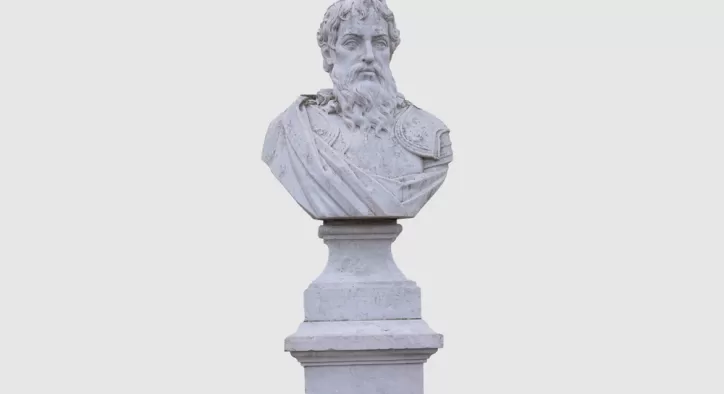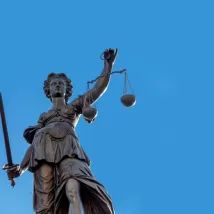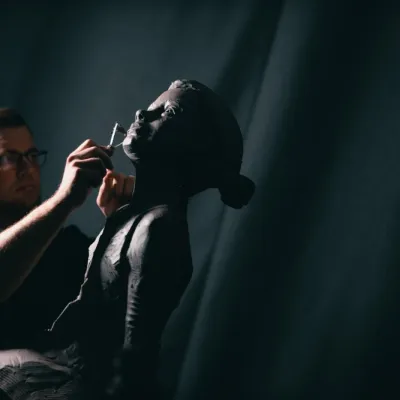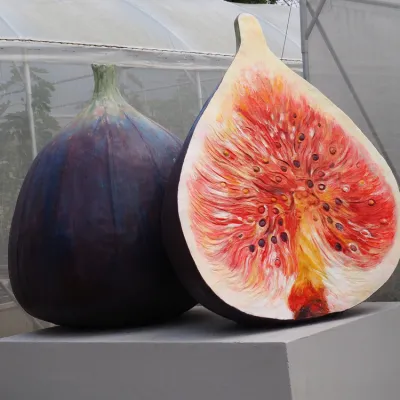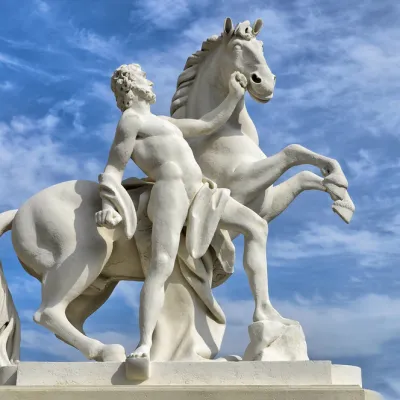- Konu Başlıkları
- Bust Production: Transformation of Art into Figures
- What is a Bust?
- How to Make a Bust in 5 Steps?
- Bust Production: Where is it Used?
- Meaningful and Powerful Communication with Bust Production
Bust Production: Transformation of Art into Figures
Bust production is a fundamental process for the visual expression of figures and historical figures that carry artistic meaning. Bust manufacturing is not only the shaping of a head figure, but also the embodiment of deep meanings that reflect personalities, achievements and character traits. Bust production, as a branch of sculpture, combines aesthetics, meaning and historical value. Bust manufacturing is one of the most important and detailed expressions of figurative art.
In this article, we will focus on the questions of what is a bust and how to produce a bust, and explore the stages of bust production, the materials used and its different types.
[widget-133]
What is a Bust?
Bust production is the process of materializing a person's head in the form of a sculpture. Bust production is a type of figurative art and usually includes a person's head, shoulders and sometimes a body part. Bust production is the artistic visualization of a person, a historical figure or a cultural symbol. These types of sculptures are usually found in monuments, schoolyards, public buildings and private collections. The answer to the question of what is a bust is that this process involves art bringing a person or concept to life in physical form.
The purpose of bust production is not only to provide the viewer with a visual experience, but also to convey a deep meaning and message. Such sculptures usually represent important figures in a cultural and social context. For example, historical figures such as the Atatürk bust are an important tool for carrying traces of the past to the future.
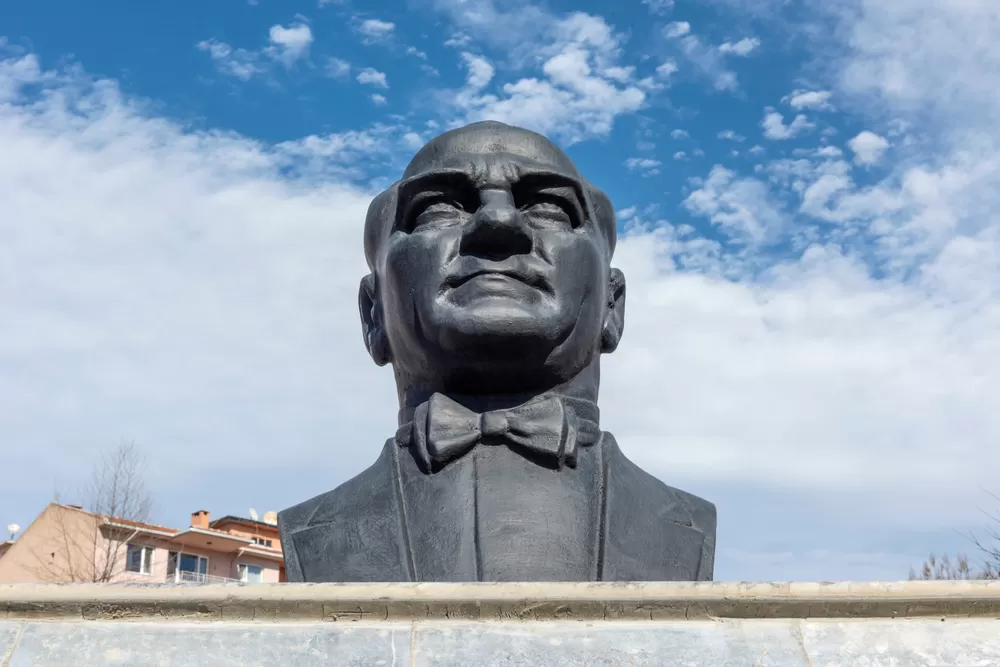
How to Make a Bust in 5 Steps?
Bust production is an artistic process and consists of several important stages. The answer to the question of how to make a bust provides information on how meticulously and carefully each stage of this process should be processed. Making a bust is not only a job that requires technical knowledge, but also an artistic perspective and creativity.
1. Design and Planning Stage - bust making
Bust production carried out by sculpture manufacturing companies starts with the design stage. In the first step of making a bust, the artist or sculptor makes detailed measurements to accurately reflect the person's head and facial features. These measurements are usually carried out with photographs, digital modeling or physical measurements.
Physical Features: Facial features, head structure and personal characteristics are carefully analyzed.
Concept Determination: The general atmosphere of the sculpture and the message to be given are determined. This stage forms the basis of the bust making process.
2. Modeling and Shaping Stage - bust making
After the design is approved, the bust manufacturing process begins. The artist creates the first shape of the sculpture and this shape is usually made with raw materials. The main materials used in bust production are:
Clay or Resin: It allows for both flexible and detailed work. This material is usually used to create the first shape during the bust making stage.
Plaster or Stone: Preferred for more durable sculptures. These materials are suitable for surface work and detailing.
The artist slowly shapes the details of the figure by working on it. The production of busts requires fine workmanship at this stage, as each detail is an important opportunity to convey the artist's imagination and technical knowledge to the viewer.

3. Molding and Casting Stage - bust making
After the model is created, the molding process is carried out. This stage is of great importance in the question of how to produce a bust because the process of duplicating the statue begins. Molding is necessary for the production of a bust in order to replicate the original statue. After the molding process is completed, the sculpture is cast. The casting material is shaped so that the statue will last a long time in a certain area.
4. Surface Treatments and Detailing - bust making
In the bust making process, the final workmanship is completed by smoothing the surfaces, applying colors and clarifying the details. When materials such as metal or stone are used, the surface of the statue may be oxidized or gain a special appearance with patina. This stage includes the finest details of the sculpture bust production.
5. Final Assembly and Placement - bust making
Finally, the bust is assembled. When the large-scale bust production and sculpture production are completed, the statue is placed in a suitable area. This is the placement that will allow the bust to look its best. Most of the time, the statue is placed in public areas such as a monument, schoolyard or park.
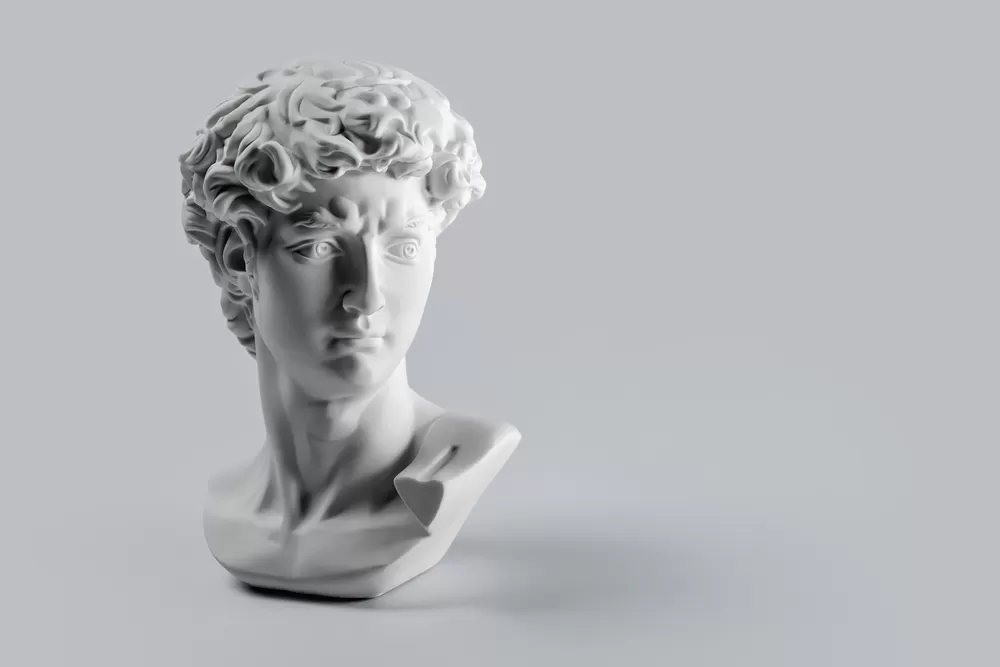
Bust Production: Where is it Used?
Bust production offers a wide range of uses to make art and historical figures tangible. Bust production and sculpture bust manufacturing are generally preferred in the following areas:
1. Public Areas and Monuments
Figures such as the Atatürk bust contribute to the collective memory of society. Bust production is frequently used to keep the memory of historical figures alive. Such historical busts are usually found in schools, public areas and squares.
2. Offices and Corporate Areas
Busts of leading figures can be manufactured in offices. Companies can include bust production in their offices to honor important people. This can be a strong symbol reflecting the company culture.
3. Events and Launches
Bust production is also an important element for events and launches. Sculpture bust manufacturing used in such events can be designed in accordance with the theme of the brands or the event. Such busts strengthen the atmosphere at the events.
[widget-134]
Meaningful and Powerful Communication with Bust Production
Bust production plays an important role in the design and production process of figures with artistic meaning. Bust manufacturing is the process of materializing historical figures or special people, and each bust tells its own story. Bust production is not only a visual work, but also a means of establishing a cultural and historical connection. As Erlas, we offer meaningful, powerful designs for brands by bringing all kinds of projects together with art with our expertise in sculpture bust production.

